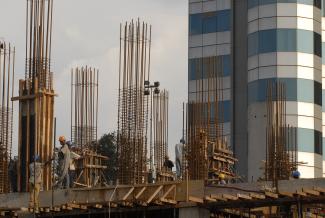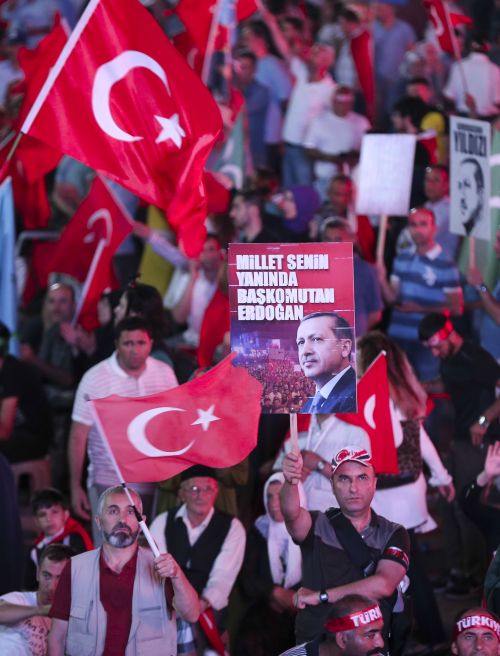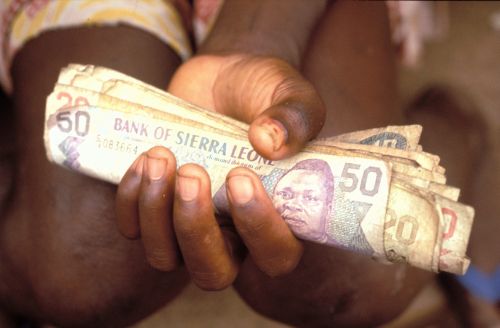Dynamic growth
Remarkable Progress

In 1994, more than 800,000 people were killed in Rwanda from 7 April to mid-July. Millions more were displaced in 100 days of organised violence. Most victims were Tutsis, but Hutus, who supported them or disagreed with the genocidal ideology, were also killed. In the turmoil, the government, the church and many other institutions collapsed. Three months after the crisis began; the Rwandan Patriotic Front (RPF) took over Kigali on 4 July 1994. This armed group was led by Paul Kagame, who had lived in exile in Uganda since his family fled there from an anti-Tutsi pogrom in 1959. After the war, the RPF became a political party, and Kagame initially served as vice president and defence minister. He was generally perceived to be the government’s most important leader. In 2000, he became president, and was later confirmed in popular elections in 2003 and 2010.
A devastated country
In July 1994, most public administration buildings were destroyed and all social facilities dysfunctional. About 2 million people were refugees in the Congolese city of Goma near the border. In Rwanda, some 600,000 orphans, 60,000 widows and hundreds of thousands disabled persons were identified.
Most refugees have since returned home. However, a Hutu militia that calls itself the Democratic Forces for the Liberation of Rwanda (FDLR) has not surrendered. It is based in the Eastern Democratic Republic of the Congo and refuses to disarm. The rebels are undermining peace, security and progress in Rwanda, the DRC and the entire world region. It is believed that many of the refugees who have not returned to Rwanda have judicial cases to answer. Forces like this are sowing hatred and misinforming the international community about Rwanda.
Since 1994, issues of security, justice, human rights and reconciliation have always been high on the government’s agenda. It is trying to rise to the challenges, but it cannot please both the perpetrators and the victims of the genocide.
Non-governmental organisations criticise Rwanda for not observing human rights. Things must be seen in perspective, however. After the bloodshed of 1994, the government had to ban genocidal propaganda. It insists that divisions between population groups must be bridged not emphasised. It does not want the distinction between Hutus and Tutsis to play any role any more and vehemently discourages even the use of these terms. Media freedom is a double-edged sword moreover. All Rwandans know how the media was used to undermine national unity and stoke genocidal hatred.
The main aspiration
In view of armed rebels near the border, the government must certainly ensure that violence does not erupt again. Otherwise, it would become impossible to develop the country – which is Kagame’s main aspiration. He wants to turn Rwanda into a middle-income country by 2020, hoping that prosperity will ensure peace. Obviously, poverty and resulting frustrations drove the violence in 1994.
Insufficient rural incomes and urban unemployment, especially among youth, have long plagued the country. Today, about 20 % of working-age Rwandans are unemployed.
While the government does not allow any space for stoking communal hatred, it does facilitate broad-based public participation in decision making. Rwandans are meant to participate in planning, implementing and managing development initiatives(also see the contribution on "Grassroots participation"). Immediately after the genocide, the government started public-work programmes at the village level. The objectives were to:
- maintain essential infrastructure and other physical assets,
- boost employment,
- educate and train people,
- involve communities in their own development and
- encourage confidence among community members.
Impressive economic growth
The government is doing its best to promote private-sector development and attract investors. The policies are drafted by Rwandans, and no one doubts the strong role of the president. International partners appreciate that Rwanda’s government is rising to its responsibilities. Donor governments, international non-governmental organisations and multilateral institutions are supporting the country, and their aid has been used successfully.
Rwanda’s track record is strong. The World Bank’s most recent Doing Business Report considers the country to be not only the world’s second fastest reformer but also the second easiest place to do business in Africa, behind only Mauritius. According to the ranking of Transparency International, moreover, Rwanda is the fourth-least corrupt country in Africa, behind Botswana, Cape Verde and Mauritius. In 2012, Rwanda attracted foreign direct investments worth $ 159 million. Expatriates’ remittances are impressive too. They have risen from $ 25 million in 2006 to $ 172 million in 2012.
In the past 10 years, Rwanda’s economy has grown by an average of eight percent annually. This growth has been driven by the emergence of new businesses and sectors, while traditional agriculture is only increasing output slowly. The main cash crops are coffee and tea. Quality is improving, harvests are becoming bigger, and exports are booming. Last year, 10 % of the coffee grown in the country was roasted there too. Rwanda is increasingly focussing on adding value to commodities.
For some time, Rwanda had a reputation for exporting smuggled minerals from the DRC. In the meantime, however, Rwanda has developed a mining industry of its own. This sector is thriving with annual growth rates of 10 %. Minerals are increasingly being processed in the country, moreover. Tourism has been expanding too.
The government wants Rwanda to become the hub of the region, so it is expanding infrastructure systematically. A new airport is being planned. A 2,300 km optic fibre telecommunications network was completed in 2012. It is boosting access to broadband services. Today, 70 % of the people have access to a mobile phone. Rwanda has become a pilot-country for Microsoft’s expansion strategy in Africa.
The power grid is being expanded. In 2008, only six percent of Rwandans had access to electricity. In 2012, 16 % had access, and the government plans to increase the share to 70 % by 2020. The Energy Water and Sanitation Authority wants to increase the power generation capacity from 110 to 563 megawatts by 2017, relying on peat, methane gas, hydro-power, solar energy and, hopefully, geothermal power.
Social achievements
There has been impressive social progress too. From 1994 to 2012, the share of the people living below the national poverty line decreased from 78 % to 45 %. Health and education indicators also look good. Examples include:
- From 2008 to 2011, the mortality of children under five was reduced from 103 to 54 per 100,000. Death from malaria has dropped by 85.3 % from 2005 to 2011, and 98 % of the Rwandans have some kind of health insurance, with the vast majority being covered by the national health programme.
- Primary school enrolment was 91.7 % in 2011, up from 86.6 % in 2006. The literacy rate for those aged 15 to 24 years was 83.7 % in 2011, up from 76.8 % in 2006. Primary and secondary school has been made compulsory for boys and girls, and girls now account for 52 % of secondary school enrolment.
Rwanda has recognised that women are important drivers of development. This is true everywhere, but applies in particular to a country where more men than women were killed in the genocide. In 2008, the elections register showed that 55 % of the voters were women, and the government has been actively promoting them for years. In terms of female legislators, Rwanda is the world leader today. In the National Assembly, women have 51 of 80 seats (64 %), 47 % of the government ministers are women, and so are 38 % of the senators. The female majority has ensured the passing of laws that improve the status of women in society.
Conclusion
Like many African countries, Rwanda is certainly not a perfect democracy, but it has been making remarkable economic and social progress. The country is in much better shape today than most other post-conflict countries. The government of President Kagame is determined to improve the people’s economic lot in order to stabilised peace. The president is very popular and Rwandans often reiterate that they support him. Long-term success is not guaranteed – but so far, the results are impressive.
John Wesley Kabango is the executive secretary for the Africa region at United Evangelical Mission in Wuppertal. The economic data quoted in this essay are from the African Development Bank.
johnwesleyk@yahoo.fr











